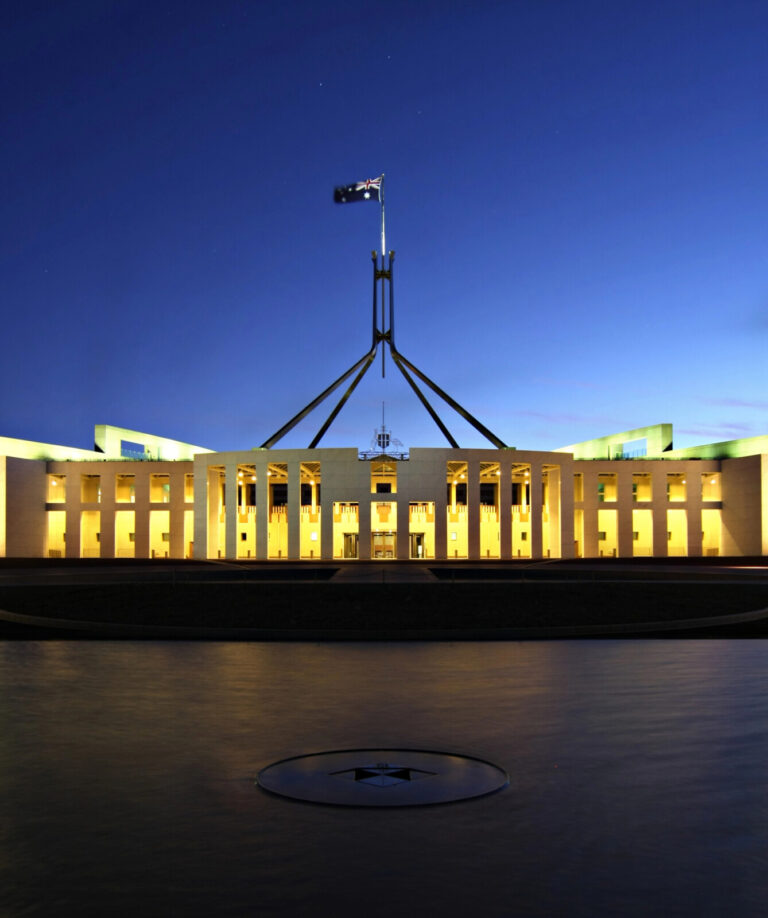Navigating the reality of divorce after 50
Adjusting to life after divorce, particularly later in life, is akin to navigating through some of life’s most challenging events, psychologists say. It’s a journey comparable to coping with loss, relocation, major illness or injury, or job loss. While these upheavals are often beyond our control, how we choose to manage them greatly impacts our recovery. Is grey divorce on the rise? Unfortunately, yes. Despite overall divorce rates declining since the 1990s, both the age at divorce and the rate of divorces among couples in long-term marriages are on the rise. According to data from Australian Seniors and the ABS, 32% of divorces now occur after the age of 50. What are some of the key financial impacts of divorce? Superannuation is typically regarded as part of the assets in any pre-divorce financial settlement. Understanding that superannuation can be divided without the need for fund withdrawals or meeting specific conditions is crucial if no prior agreement has been reached with your partner. While splitting it isn’t obligatory, ensuring its inclusion in the settlement is vital due to its significant role in overall wealth. However, dividing it can substantially diminish what was once a solid nest egg, potentially impacting retirement plans. Aside from the emotional toll of asset division, the process can be difficult. Factors like investment properties, primary residences, or self-managed super funds (SMSFs) with less liquid assets—such as business holdings, real estate, closed funds, or art—can further complicate matters. Selling assets without proper advice can trigger capital gains, while shifting assets from tax shelters like superannuation or trusts can result in hefty tax liabilities. Centrelink entitlements and thresholds will also alter with your changed circumstances. Seeking the professional advice of more than just a lawyer is the smartest thing to do. Divorce is also expensive Many shared expenses, such as utilities, become the sole responsibility of each party post-divorce. For instance, while the average monthly living expenses for an Australian couple total around $4,118 ($2,059 per person), for a single person living alone, it’s estimated at $2,835. In essence, each individual spends roughly 70% of what a couple would spend. After divorce, with each person potentially having only half of their assets but needing around 70% of their income to cover living expenses, budgets become tight. So, how can you rebuild financial stability post-divorce? In other words, review your financial plan and seek professional advice. A qualified financial adviser can help you learn to take control of your finances and plan your future. Remember, the benefits of compounding mean that the sooner you start, the better off you’ll be! The information provided in this article is general in nature only and does not constitute personal financial advice.





